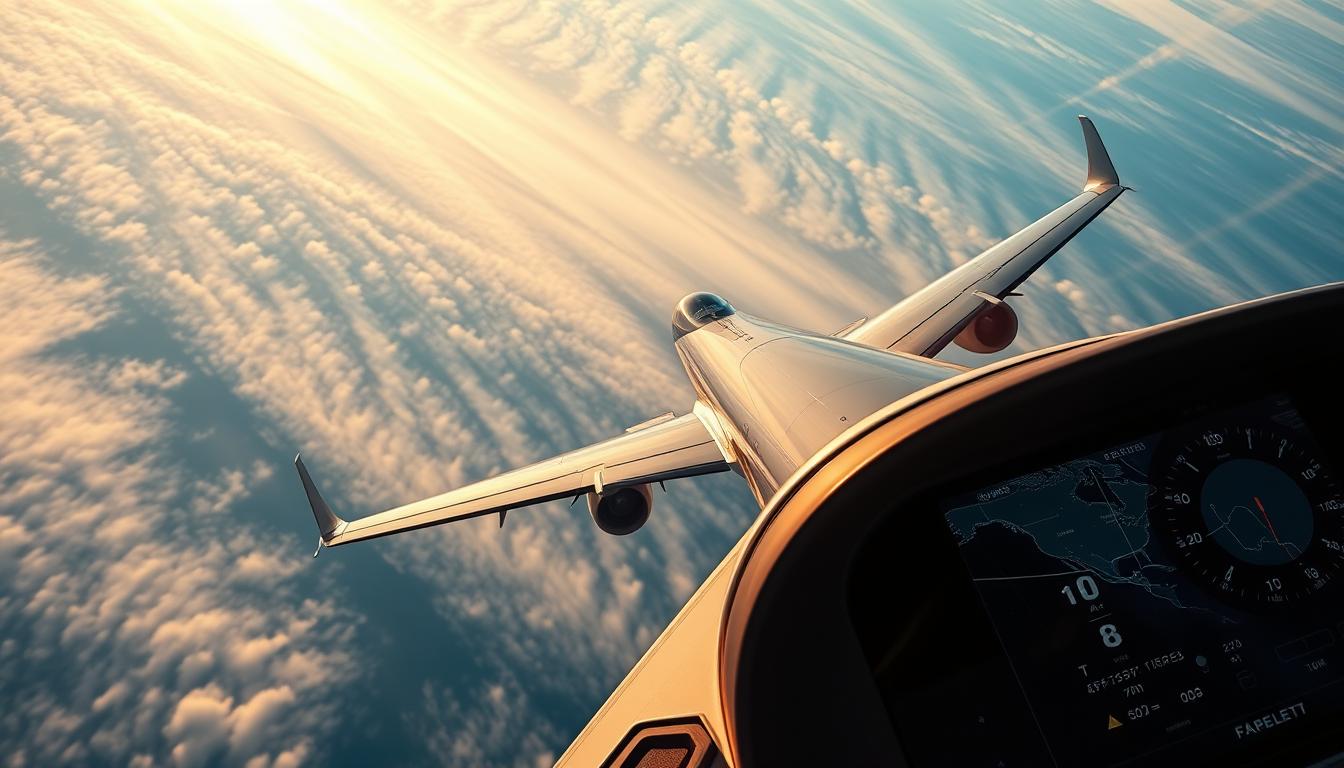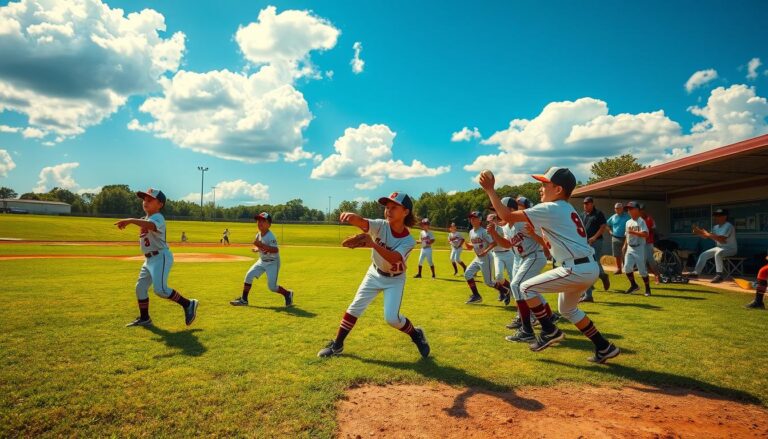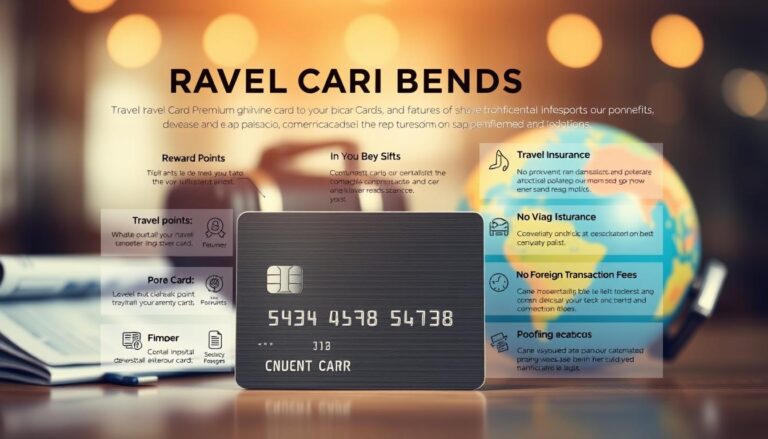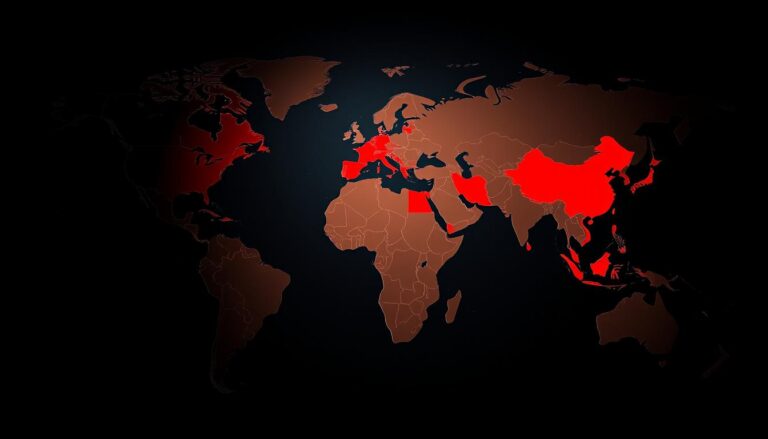How Fast Does a Plane Travel? Average Speeds Explained
Table of Contents

How Fast Does a Plane Travel? Average Speeds Explained
Learning about aircraft speeds changes how you plan trips. When you book a flight, knowing plane speeds helps you guess how long it will take. This makes planning easier.
Plane speeds change based on many things. Commercial jets usually fly at 550-575 miles per hour. This affects your travel experience a lot. Knowing these speeds helps you plan better.
Today’s aviation tech makes traveling fast around the world. Whether you’re flying within your country or abroad, knowing plane speeds is key. It helps you understand how long your trip might take. This information helps you make better travel choices.
In this detailed guide, we’ll dive into aircraft speeds and how they affect your travel plans. We’ll cover everything from commercial jets to private planes. You’ll learn a lot about the world of aviation speeds.
Understanding Aircraft Speed Measurements
When planning your vacation or exploring new places, knowing how planes measure speed is interesting. Pilots and experts use different ways to track a plane’s speed. Each method gives unique insights into how the plane moves.
Measuring a plane’s speed is more than just seeing how fast it flies. It shows important details about the plane’s performance and how it navigates.
Ground Speed vs. Air Speed
There are two main speeds pilots watch:
- Ground Speed: The plane’s speed compared to the ground
- Air Speed: The plane’s speed through the air
These speeds can change a lot because of wind. Knowing this helps explain why flights might take longer or go a different way.
The Role of Knots in Aviation
In aviation, speed is usually measured in knots. One knot is one nautical mile per hour. This helps pilots navigate accurately in various conditions.
Understanding Mach Numbers
Mach numbers show how fast a plane is compared to the speed of sound. Most commercial jets fly between Mach 0.7 and Mach 0.85. This makes long trips safe and efficient for travelers.
Typical Cruising Speeds of Commercial Aircraft
When planning your travel budget and booking flights, knowing aircraft cruising speeds is key. Commercial aircraft usually fly between 450-500 knots (about 520-575 miles per hour). This affects your journey time and travel costs.
Different aircraft models cruise at various speeds, which affects your flight booking. For instance:
- Boeing 737: Cruises around 470-500 knots
- Airbus A320: Maintains approximately 460-490 knots
- Boeing 787 Dreamliner: Reaches up to 490-510 knots
Knowing these speeds can help you save money. Faster planes can cut down travel time, saving you money on long trips. The speed of your chosen aircraft can significantly impact your total trip duration and associated costs.
When booking flights, look at the aircraft type and its cruising speed. Smaller, slower planes are often used for regional flights. But, long-haul international flights use faster, more efficient planes.
Pro tip: Always check the specific aircraft model when comparing flight options to optimize your travel planning.
Factors Affecting Aircraft Speed
When planning adventure travel or making hotel reservations, knowing what affects aircraft speed is key. It helps predict travel times. Aircraft speed is influenced by many things, including the environment and the plane’s design.
Several key components determine an aircraft’s speed and overall performance:
- Weather conditions and atmospheric patterns
- Aircraft design and aerodynamic characteristics
- Altitude and air density variations
Weather Conditions and Wind Patterns
Wind is very important for aircraft speed. Tailwinds can make planes go faster, cutting down travel time. But, strong headwinds can slow them down, affecting your journey.
Aircraft Design and Aerodynamics
The shape of an aircraft affects its speed. Designs that cut through air well make planes go faster. New engineering has made planes more efficient and faster.
Altitude and Air Density Impact
Altitude changes how planes perform. Going higher means less air resistance, which can make planes go faster and use less fuel. Pilots choose the best altitude for speed and fuel use.
| Factor | Speed Impact | Travel Consideration |
|---|---|---|
| Tailwind | Increases ground speed | Shorter travel time |
| Headwind | Decreases ground speed | Longer travel time |
| High Altitude | Reduced air resistance | Improved efficiency |
Knowing these speed factors helps travelers plan better. It makes adventure travel smoother and more predictable.
Travel Planning: How Speed Affects Flight Duration

Knowing how fast an aircraft flies is key for planning trips. The speed of your flight changes how long you travel, when you can connect to other flights, and your trip’s details. It’s important to think about how different speeds can change your travel plans.
When you’re planning trips to other countries, especially if you’re visiting many places, knowing your aircraft’s speed is vital. For trips to eco-tourism spots that are far away, knowing the exact speed helps you make the most of your time.
- Short-haul flights typically cruise around 500 mph
- Long-distance international routes average 550-575 mph
- Advanced aircraft can reach speeds up to 600 mph
For cultural immersion, knowing your flight’s speed is crucial. It decides how fast you can move between places. Faster flights mean more time to explore, try local foods, and learn about traditions.
Here are some tips to make your travel planning better:
- Look up the typical cruise speeds for your route
- Plan some extra time between flights
- Check the aircraft’s specs before booking
- Think about how weather might affect the speed
Pro tip: Modern aircraft technology keeps getting better, making travel more efficient. This helps adventurers see more of the world.
Speed Differences Between Aircraft Types
When planning your travel, knowing the speed of different aircraft is key. Aircraft speeds vary a lot, affecting your trip planning and travel experience.
Different aircraft types show amazing speed differences. These differences can change how you plan your travel:
- Commercial passenger jets cruise at steady speeds.
- Private jets offer flexible travel options.
- Military aircraft are the fastest.
Commercial Passenger Jets: The Backbone of Global Travel
Commercial aircraft fly between 460-575 miles per hour. Models like the Boeing 747 and Airbus A380 are typical. They make long-distance travel efficient for most trips.
Private Jets: Speed and Flexibility
Private jets offer fast, personalized travel. Gulfstream and Bombardier jets can go up to 700 miles per hour. They give big travel planning benefits for both work and fun.
Military Aircraft: Pushing Speed Boundaries
Military aircraft are the fastest. Fighter jets like the F-22 Raptor go over Mach 2. They show tech far beyond what civilian planes need.
Speed isn’t just about velocity—it’s about connecting destinations efficiently and experiencing the world.
Breaking Down Take-off and Landing Speeds

When planning vacation packages, knowing about aircraft take-off and landing speeds is key. These phases of flight need special speeds, unlike cruising. It shows how complex air travel can be.
Take-off speeds depend on a few important things:
- Aircraft weight
- Wing design
- Runway length
- Weather conditions
Most commercial planes need to hit specific velocity thresholds to take off. They usually speed up to 130-155 miles per hour. Travel guides often talk about how airport features affect these speeds.
Landing speeds are also complex. Pilots must control the plane’s speed for a safe landing. The speed needed varies by plane and airport, usually between 120-140 miles per hour.
Safety is always the top priority during these critical flight phases.
Knowing about take-off and landing speeds can make your travel better. It’s especially true when visiting places with unique airports.
Historical Evolution of Aircraft Speeds
The story of how fast planes can fly is a tale of human creativity and exploration. It started with the Wright Brothers and has grown to today’s fast jets. This journey has changed how we see the world and connect with it.
The early days of flying were full of challenges and big moments. The Wright Brothers’ first flight in 1903 was a huge step. They flew at about 30 miles per hour.
Breaking Technological Barriers
Aviation technology made big leaps over time:
- 1920s-1930s: Propeller planes got faster
- 1940s-1950s: Jet engines were introduced
- 1960s-1970s: Commercial jets became common
The Supersonic Revolution
The supersonic era brought us planes like the Concorde. It could fly across the Atlantic in under three hours. These planes were the top of adventure travel, linking cultures at incredible speeds.
These jets flew over twice as fast as sound. They changed how we travel internationally. Now, seeing different cultures is easier than ever.
Future of Aviation Speed Technology
The aviation industry is on the verge of a big change. This change could greatly affect eco-tourism and how we budget for travel. New technologies are coming that will change how we fly in the next few decades.
New technologies are making planes faster and more eco-friendly. Some key innovations are set to change how fast and efficient planes can be:
- Hypersonic passenger aircraft capable of unprecedented travel speeds
- Electric propulsion systems reducing carbon footprints
- Advanced aerodynamic designs minimizing fuel consumption
Scientists are working on new ideas to make long trips faster and greener. Sustainable aviation technologies are becoming more important for those who care about the planet and plan their trips ahead.
| Technology | Potential Impact on Travel | Estimated Development Timeline |
|---|---|---|
| Supersonic Electric Jets | Reduced travel time and emissions | 2030-2035 |
| Hydrogen Propulsion | Zero-emission long-distance flights | 2035-2040 |
| Hypersonic Passenger Transport | Global destination accessibility | 2040-2050 |
Your travel budgeting will need to change with these new technologies. Eco-tourism travelers will have more green and efficient ways to travel. These options will cut down on environmental harm and make trips shorter.
Conclusion
Aircraft speeds are key when planning your trips. Knowing how fast planes fly helps you figure out when you’ll arrive. This info is crucial for booking your flights and hotels.
Aviation speeds are more than just numbers. They depend on weather, plane design, and how high the plane flies.
Understanding aircraft speeds can make your travel better. Each plane type has its own speed, affecting your trip. This knowledge helps when choosing flights, making your travel smoother and more comfortable.
Knowing about aircraft speeds lets you plan smarter trips. Whether for work or fun, this info helps pick the best routes and hotels. The world of flying is always changing, with new tech making planes faster and better.
Remember, aircraft speed is just part of planning a trip. Use this knowledge to travel smarter. Make choices that improve your journey, no matter where you go or how you get there.
FAQ
How fast do commercial passenger jets typically fly?
Commercial jets cruise at 460-575 miles per hour. This is about Mach 0.75-0.85. It’s fast enough for travel but still keeps passengers comfortable and saves fuel.
What factors affect an aircraft’s speed during flight?
Weather, wind, design, altitude, and air density all play a part. Headwinds slow planes down, while tailwinds speed them up. This affects how long it takes to get from point A to point B.
How do ground speed and air speed differ?
Ground speed is how fast a plane moves over the ground. Air speed is how fast it moves through the air. Wind can change these speeds, making travel times vary.
Are private jets faster than commercial passenger jets?
Yes, private jets are often faster, reaching 550-600 miles per hour. They can also fly higher and take straighter paths, cutting down travel time.
How do take-off and landing speeds compare to cruising speeds?
Take-off and landing speeds are much lower. They range from 130-160 miles per hour for take-off and 120-140 miles per hour for landing. Cruising speeds are 460-575 miles per hour.
What is a Mach number, and why is it important?
A Mach number is the speed of an object compared to the speed of sound. For planes, it’s key for understanding performance at high altitudes. Most commercial jets cruise at Mach 0.75-0.85, balancing speed and comfort.
How do weather conditions impact aircraft speed?
Weather can greatly affect a plane’s speed. Headwinds slow it down and use more fuel. Tailwinds speed it up and save fuel. Severe weather might also change the flight path or altitude.
What is the fastest commercial aircraft in history?
The Concorde was the fastest, reaching 1,354 miles per hour. But it stopped flying in 2003 because it was too expensive to run.
How do altitude and air density affect aircraft speed?
At higher altitudes, air is thinner, which means less resistance. This lets planes fly faster and use less fuel. It’s why flying high is best for long trips.
Are there any upcoming technologies that might revolutionize aircraft speeds?
Yes, new tech like supersonic and hypersonic travel could make flights much faster. Companies are working on better engines and designs to make air travel quicker and greener.







